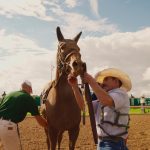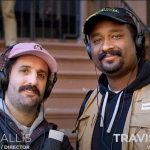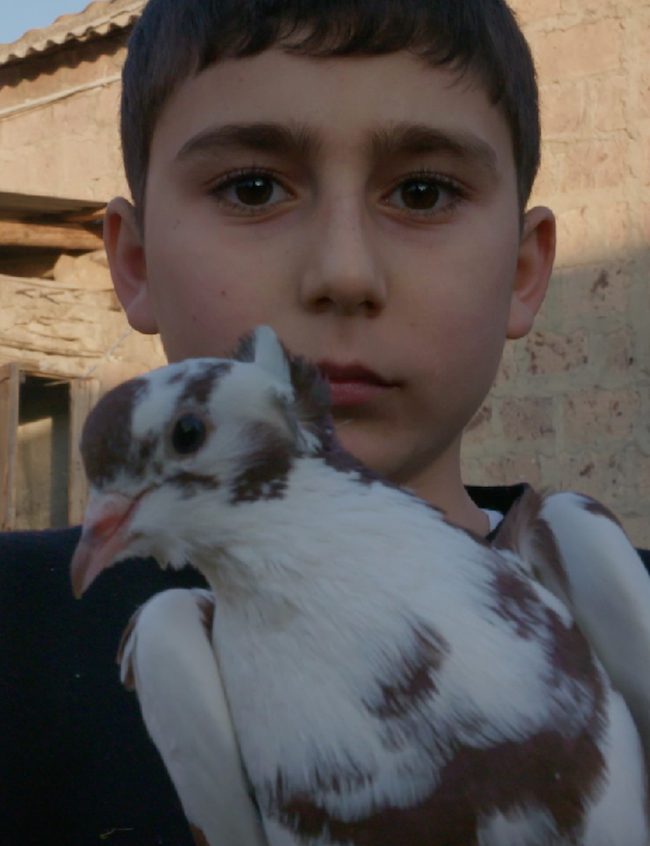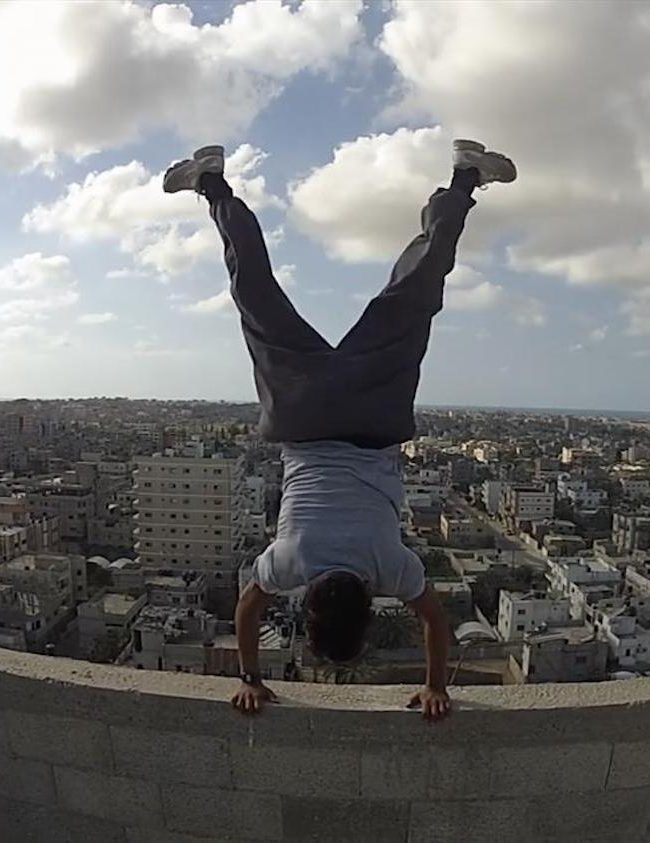A Conversation with Fernanda Faya (NEIRUD)
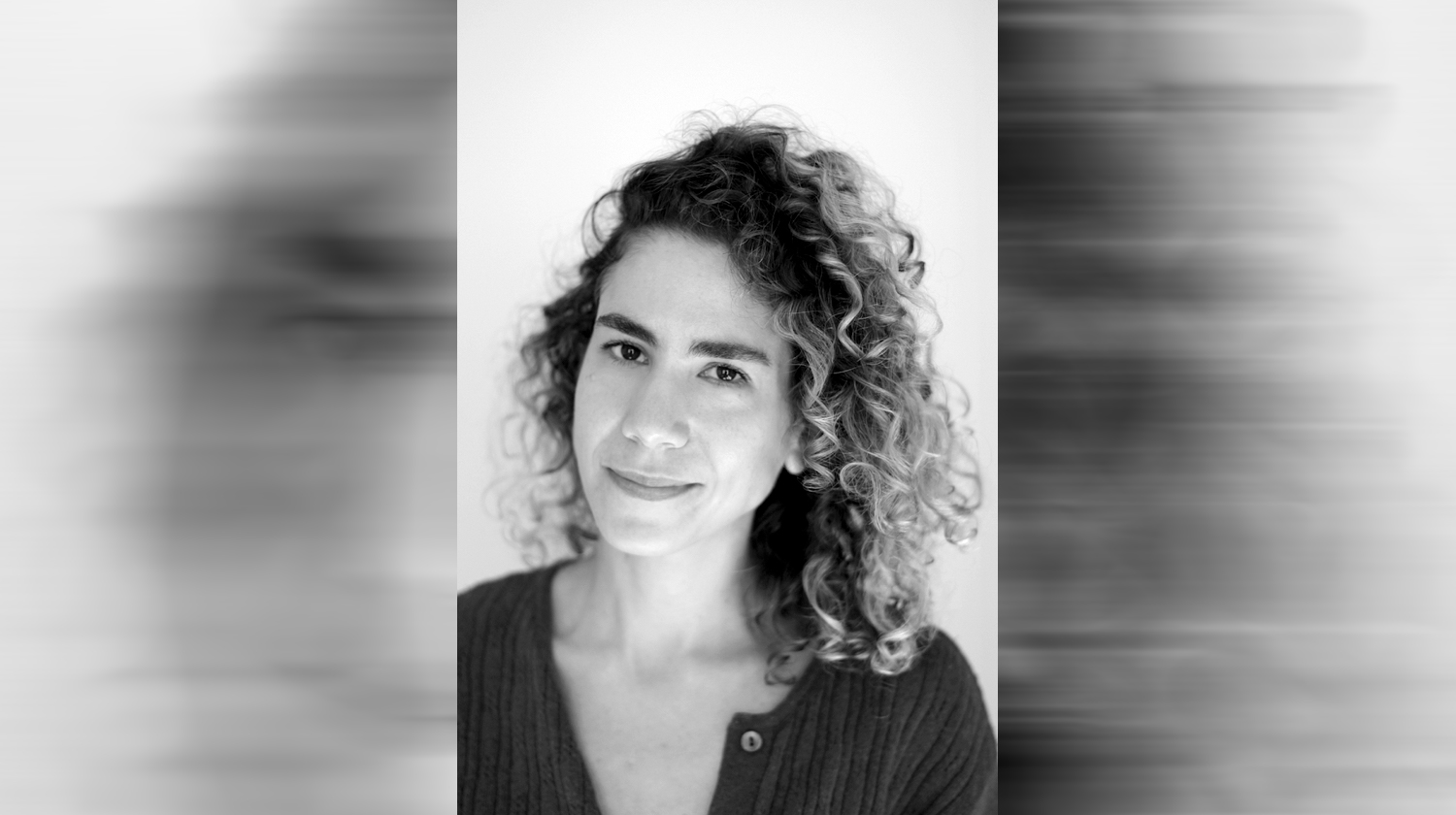
New York-based Brazilian-born director Fernanda Faya premiered her debut feature-length documentary, Neirud, at DOC NYC 2023 (where I reviewed it). In the film, she explores the secret history of her Aunt Neirud in what quickly becomes a personal essay focused on family and memory. We learn about the history of Brazil and the many ways in which independent women sought freedom, much of the narrative set among all-female circuses and women’s wrestling. The end result is a heartfelt ode to the pioneers of the past who have made today possible, along with a celebration of same-sex love. I had a chance to meet up with Faya at DOC NYC, and what follows is a transcription of our conversation, edited for length and clarity.
Hammer to Nail: I know you received your MFA from Hunter College and are now a professor at Brooklyn College. Could you tell me a little bit about your journey from São Paulo to New York?
Fernanda Faya: I was born and raised in São Paulo, in Brazil. I grew up there and went to film school there. And right after graduation I started working as a cinematographer. That’s my specialization. And I worked as a cinematographer for many years and I always had this project about my family that I wanted to make and eventually it got to the point that I needed to make it. It was a documentary and I realized I needed to hone my skills in documentary directing because I didn’t know much about that at the time. So I decided to get a master’s degree. It had always been a dream of mine to live abroad, and so I decided to do my master’s in New York, which is how I came here.
HtN: What kind of work did you do as a cinematographer?
FF: I did some fiction when I was in film school and right after film school—small projects, short films—and then I did a lot of documentary cinematography, camera operating, everything involved in cinematography, but mostly for nonfiction. I also shot a lot of music videos and internet content.
HtN: I understand, from your press notes, that you got into this film by first planning on making a movie about the strong women in your family, and then from there you ended up focusing more intently on Neirud. Are you planning on going back to that original idea? What made you decide to turn your attention primarily to Neirud?
FF: So initially, it was not just the women in my family that were interesting to me but the circus background and the historical aspect of it. They started with a wild-animal circus and that transitioned into a circus theater. So there were some historical things that I also thought were interesting and important, but then Neirud just became more and more the heart of the film. If on one hand I had a lot of stories and documents about the women in the family, I didn’t really have a lot of stuff about Neirud, so that was the moment where I decided to investigate her story and shift focus and have her as the protagonist, because of this challenge that to me was so unsettling, since there were no documents or photographs of her. I was able to put the story of the women as background in the film when I talk about my grandmother, but I don’t think I’ll be working on another film about my family ever again, to be honest. (laughs) I think that was enough personal stuff!
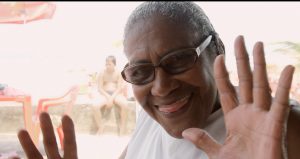
Still from Neirud
HtN: Fair enough! Speaking of the fact that you had no documents, you nevertheless use quite a lot of home-video footage from that video camera your father bought, and you also use some other footage. Where did you get that more general archival footage that we see in the film?
FF: At one point in the editing process we understood that it was necessary for us to find those historical images to give context to Neirud’s story. And that’s when we started working with a researcher who was able to find all those rare historical images that we use. Her name is Julia [Franceschini] and she’s Brazilian and she does that for documentaries. She had access to so much material—old films and old tapes—and she could look through it and select what was important. That was all her.
HtN: It all works, nicely edited together. So, you call this movie in your press notes both a political act and a gesture of love. Could you please explain?
FF: It’s a gesture of love because I think that ultimately what I’m doing with this film is paying homage to Neirud. And I think she deserves that, as someone who was not just a special person for me, but for everyone who knew her. They all had such love and affection for her. Everyone that I talked to about Neirud would have this glint in their eyes. I think she was very special, and not just to me but to a lot of others. But then she had this importance as an artist that is not recognized, so I think it’s an act of love from me to foreground this artistic importance of hers.
And then it’s a political act because there is so much that I am unveiling as I try to piece her story together. One of the things that I found out while I was making the film is the fact that Neirud was not actually my “aunt” but my grandmother’s lifelong partner. So I think there is this issue of lesbian invisibility and bringing that to light, which feels like a very important political thing to say and to highlight. Those stories usually remain hidden. Families treat lesbians as the “friend” or the “aunt.” There are a lot of ways that are affectionate, which was the case with how my dad and my family treated Neirud, but it’s still clearly not accepted. Telling her story and naming her for who she really was, to me felt very political.
HtN: Did your father know that they were lovers and just never tell you?
FF: Oh, he definitely knew that they were lovers, and I found out through him while I was making the film, but I had to go and ask and confront him, because if I didn’t do that, everything would still be in the subtext. It was not an open thing, but everyone in the family knew that they were lovers, because they were together for 30 years. She was always around and lived with my grandmother and they shared a bed. But no one was explicit about it. In the process of making the film I had to sit down with my father and say, “Hey, Dad, what was their real relationship?” And then he responded.
HtN: Throughout the film, your father actually seems a bit reluctant to talk about the past and his childhood in the circus. Has he warmed up to the subject since the making of the film?
FF: Definitely. It’s really beautiful to see how much my father changed throughout this process. He saw my efforts to tell not the stories that he wanted to tell about his own family but other stories, and he saw how much I was sticking to stories that he didn’t necessarily think were important, which is totally fine, because he’s a different person. I communicated with him a lot, and before the film was done, he saw the turn it was taking and that it was going to be about Neirud, and I think he had enough time, not necessarily to come to terms with it, but to embrace the fact that the film is a love story and that I’m exposing this love story, and today I think he feels very proud that this story is out and that I was able to put it out there.
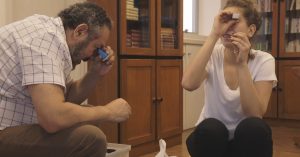
Still from Neirud
HtN: What is the status of women’s wrestling in Brazil today?
FF: (laughs) I don’t know! My only connection with women’s wrestling was through the film and Neirud, and what I know about women’s wrestling I learned through other relatives of other wrestlers that I contacted when I was doing research for the film. So I know many different wrestlers’ personal stories but I don’t know the situation of women’s wrestling today. I know that in the past there were so many amazing women wrestlers who, through this work and through their artistry, were able to raise families and support their children.
HtN: Are you familiar with the Netflix series GLOW, about the “Gorgeous Ladies of Wrestling”?
FF: I loved GLOW. I think I started watching GLOW as part of my research for the film. I was drawn to that TV show. I think it’s great and I think it shows aspects of women’s wrestling that felt very familiar to me and to what I think Neirud and the all-female troupe that she was a part of went through. It’s set in a completely different cultural context, but you can definitely find the similarities.
HtN: Maybe you need to pitch a Brazilian GLOW to Netflix …
FF: (laughs) Oh my God! I would love to do that! It would be amazing. There’s an aspect of women’s wrestling that is so evident in GLOW, which is the performative part of it. It’s a real competitive sport, but within that circus context, it’s all about performance and it’s like a spectacle, and I think GLOW shows that really well.
HtN: Speaking of the performance aspect of it, you address in your film the problematic nature of Neirud’s stage name—“Gorilla Woman”—which as a kid you didn’t think about much, but now do. Your grandmother obviously loved Neirud very much, but together they embraced this persona. Did you find anything in your research to indicate why they chose that name or whether they had any problems with that name, given that Neirud was Black?
FF: I tried to find some information about it, but unfortunately I was not able to, since both of them passed away. And Rita, that other wrestler, is the only one who could tell me stories from that time, and she didn’t know much about the name “Gorilla Woman.” But back then, I don’t think they were necessarily that conflicted about the name, because according to my dad, they were all about selling tickets. And he says that in the film, that they were using those stereotypes to bring in an audience. Obviously, from today’s context, it feels very messed up, to use this kind of diminishing name to sell tickets, but I don’t think they thought about it in the same way back then.
HtN: Certainly, in the one bit of video we see of Neirud in the ring, she seems to embrace that persona. Turning to something else as my final question, I really like how you open and close your film with those shots of colored balls on the beach. They’re quite beautiful. When and how did you come up with that framing device?
FF: So, that scene, where I’m driving a car with the colorful balls, was the first-ever idea that I had for this film. 15 years ago, when I first thought about making the movie, this image just came to my mind immediately, and I stuck with that for some reason in a very intuitive way. That’s the image that represents Neirud for me. When I was growing up, she was no longer wrestling, and we would visit her at the beach, where she was selling those colored balls, using that same car. That’s what represents her to me. So I thought about that idea as the ending for the film, and then I incorporated the opening to match. We figured it all out in the editing. But it’s very interesting to consider that this was the first image I ever had for the film.
HtN: Thank you very much for talking to me. I enjoyed it.
FF: Thank you so much!
– Christopher Llewellyn Reed (@ChrisReedFilm)
DOC NYC; Fernanda Faya; Neirud documentary movie review


